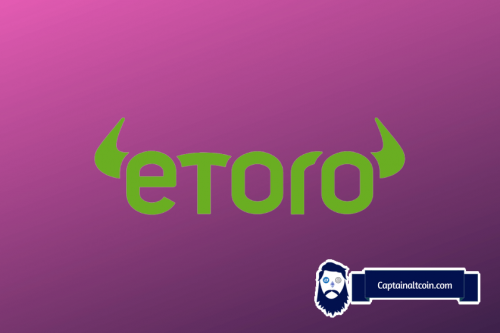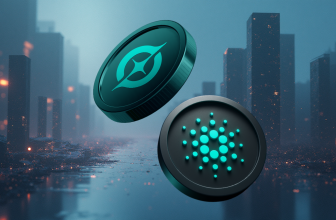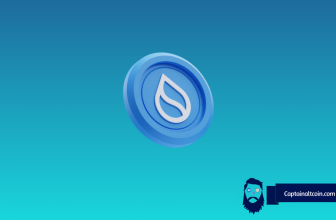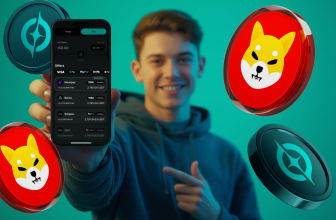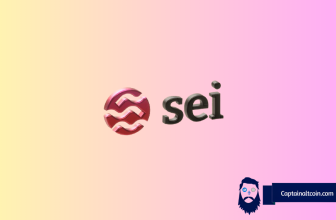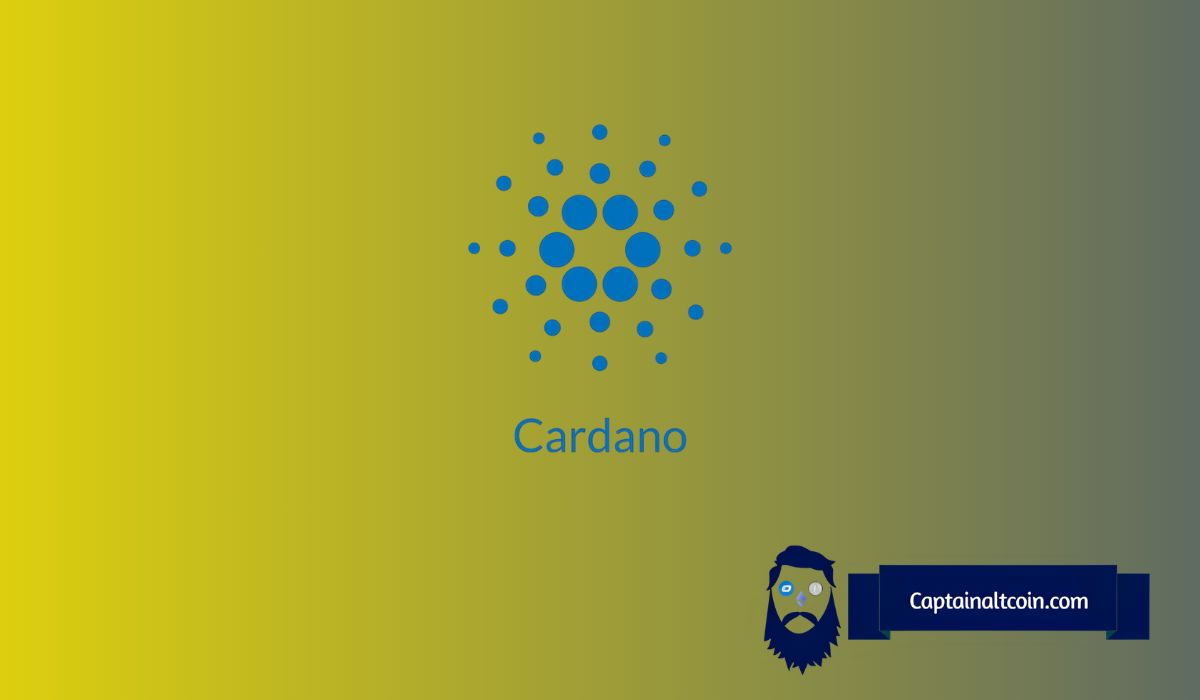
Yesterday’s thread by @masato_alexander on X is raising serious questions about one of the most overlooked and controversial events in Cardano’s history. The thread alleges that 318 million ADA, worth around $700 million at the time, was quietly moved from dormant ICO wallets back into the network reserves; without clear consent from the original owners.
This all started with a function buried deep in Cardano’s codebase: returnRedeemAddrsToReserves. The purpose of this function was to scan the UTxO (unspent transaction output) set and filter out two groups: those linked to ICO participants (“redeemers”) and all other wallets (“non-redeemers”).
Once identified, the balances from the redeemer wallets were added to Cardano’s reserves. Then, a new UTxO set was created – this time excluding the original ICO addresses.
In other words, the funds that belonged to early buyers who hadn’t claimed their tokens were effectively reclaimed by the network. These coins were no longer under the control of their original owners.
Key bit is in the function returnRedeemAddrsToReserves:
— masato_alexander (@masatoalexander) May 7, 2025
– Filter UTxOs into 'redeemer' (ICO) and 'non-redeemer'
– ADD balances of 'redeemer' (ICO) UTxOs to reserves
– Set the NEW UTxO set to contain ONLY 'non-redeemer' UTxOs
POOF, ICO funds are gone from their original owners! pic.twitter.com/mAN9l0xxdV
The thread goes on to explain that this change was quietly activated during a later epoch transition. As @masato_alexander points out, it may have looked like a regular state update to most users, but one key difference was that a function had been called that redirected hundreds of millions in ADA back into Cardano’s reserves.
But it didn’t stop there.
What you'll learn 👉
The “MIRacle” Withdrawal
Step two of the alleged fund reallocation involves a MIR (Move Instantaneous Rewards) transaction. Typically, MIRs are used to distribute rewards to stakers or fund treasury initiatives. In this case, however, a specific MIR transaction was used to move the full 318M ADA out of reserves. The transaction is public and can be seen here on Cardanoscan.
So where did the money go?
According to Charles Hoskinson, the founder of Cardano, there are two answers:
- The “vast majority” of the funds were eventually returned to their rightful ICO buyers.
- The remaining balance was used to help fund IntersectMBO, a Cardano governance organization.
@masato_alexander pushes back on both points.
First, he says the IOG team assigned to track down ICO buyers (many of whom hadn’t moved their funds in four years) had very limited success. There has also been no detailed public accounting showing where those funds ended up. Without verifiable data, it’s hard to accept that “most” were returned.
Second, he challenges the funding claim related to Intersect. According to @JBriggsLondon, Intersect’s interim executive director, the organization was seeded with around $7 million USD, a far cry from the $700 million that was supposedly sitting in the reserves. Intersect was also co-funded by Emurgo and IOG, meaning the actual IOG contribution may have been even less than $7M.
So where did the rest go?
The thread suggests some of the ADA was even staked, earning an additional 25 million ADA in rewards, which also remain unaccounted for.
A Question of Governance
Perhaps the most troubling aspect of the thread is its ethical argument. If these funds were being held temporarily, why hasn’t there been full transparency? There’s no on-chain trail showing how or when the ADA was returned to original buyers, or how much went to Intersect. There’s no audit. No receipts. Just silence.
This also raises a broader governance issue. Cardano frequently promotes itself as a decentralized, community-first blockchain with strong governance systems. But in this case, the decision to reclaim and move these funds was reportedly made unilaterally by Charles Hoskinson and others using genesis keys, with no vote or community consultation. That’s a sharp contradiction to the principles Cardano claims to stand for.
Read also: Cardano Price Prediction If ADA Matches Its 2021 Bull Run Performance
The Origins of the ADA Sale
The story goes back even further. The ICO tokens were sold by Attain Corp, an entity reportedly created before Emurgo to limit legal liability. Many of these tokens were sold to senior citizens in Japan, some of whom have since claimed they were misled or scammed.
So, if:
— masato_alexander (@masatoalexander) May 7, 2025
Most funds weren't successfully returned to original ICO holders…
Only a tiny fraction went to Intersect… Where did the VAST majority of that ₳318 MILLION actually go after being moved from reserves?
Separately, the funds were staked, earning 25m additional ₳!
Charles has claimed that the statute of limitations on these sales expired after seven years, implying that IOG no longer had a legal obligation to track down the original buyers or return the funds. But as @masato_alexander points out, even if that’s legally defensible, it’s hardly the ethos one expects from a blockchain built on transparency and trust.
The $700M Question Remains
At the end of the thread, @masato_alexander throws down a challenge: If Charles wants to defend the move, he should release:
- The original ICO sale contracts stating that unclaimed ADA could be reclaimed.
- A full, public trail of where the 318 million went, and how much (if any) went to Intersect.
Until then, this remains one of the most serious unresolved controversies in Cardano’s history — and one of the least discussed events involving such a massive sum of money in all of crypto.
As the thread bluntly puts it:
“Hope you enjoyed exploring one of the greatest unknown heists in crypto history. Bravo to Charles for pulling it off.”
Disclaimer:
The content of this article is based on a public thread by X (formerly Twitter) user @masato_alexander. The claims, interpretations, and conclusions presented in that thread do not originate from us and are cited here strictly for informational and discussion purposes. CaptainAltcoin’s team does not confirm the accuracy, completeness, or credibility of the allegations made. Readers are encouraged to conduct their own research and consider multiple sources before forming any conclusions.
Subscribe to our YouTube channel for daily crypto updates, market insights, and expert analysis.
We recommend eToro
Wide range of assets: cryptocurrencies alongside other investment products such as stocks and ETFs.
Copy trading: allows users to copy the trades of leading traders, for free.
User-friendly: eToro’s web-based platform and mobile app are user-friendly and easy to navigate.

